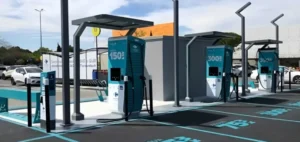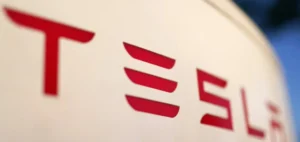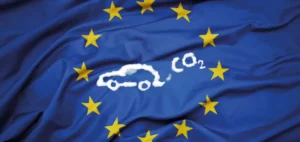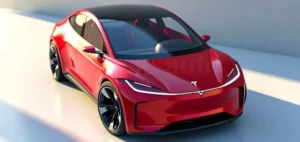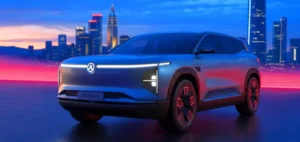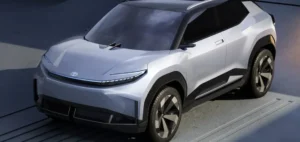New electric models, new markets, new logo: the German group Volkswagen hopes to give a boost to its popular brand Skoda, harmed by the shortage of components that affects the automotive sector since the pandemic.
However, the Czech brand is not planning a radical shift to electric vehicles, and still sees good prospects for its internal combustion vehicles abroad. The shortage of components, particularly semiconductors, has prompted the German group to prioritize the redistribution of available components to its high-end brands (Audi, Porsche), which are making record margins, as well as to the Volkswagen brand (VW).
Skoda wants to get back on track after a complicated 2022
After Seat and Cupra, it is Skoda that has suffered the most within the group. Unable to meet its order books, the Czech brand suffered a nearly 17% drop in deliveries in 2022, its third consecutive annual decline after years of steady growth. “We are still not producing at full capacity, but the situation is improving,” assures Martin Jahn, head of sales at Skoda and former deputy prime minister of the Czech Republic, who hopes for a return to normal in the second half of 2023.
In Mladá Boleslav, at the Czech brand’s historic production site, he presented on Tuesday the models of four new electric models that will complete the range, three years after the release of the Enyaq, Skoda’s first 100% electric model, designed on the Volkswagen Group’s MEB platform – a common component bank for several of the group’s electric models. Most of the new models have yet to be unveiled, but they are expected to be launched between 2024 and 2026, bringing the total investment in electric vehicles to 5.6 billion euros by 2027. Among them, a small urban SUV planned for 2025 will cost around 25,000 euros to “make electric mobility affordable”, the same budget as the ID.2, the compact electric car announced last month by VW. “We want to use the transformation to electric to give Skoda a new impetus,” says Björn Kröll, head of marketing.
Conquering Asia
But Skoda is not just betting on electric. The Czech brand also announces the launch of new generations of its thermal models from the end of the year. Skoda has a strong presence in Eastern Europe and will continue to sell its combustion models until the switch to electric vehicles in Europe in 2035. Next, it will be a matter of introducing models “for everyone” in markets that are “slower” to go electric, Jahn says. After the outbreak of war in Ukraine, the Czech brand withdrew from Russia, which represented 10% of its market in 2021. And its sales have dropped in China, its main market in 2020.
To replace it, Skoda is now targeting India, its current top non-European market, where the brand was still absent before 2019. Skoda finally plans to enter the Vietnamese market, before tackling other ASEAN (Southeast Asian) countries, Jahn added. Clean lines and a new 2D logo complete the brand’s “facelift,” elaborates the sales manager: “Thirty years ago, Skoda was a cheap brand, then it represented good value for money, and now we want to add a beautiful design to it.” “The success of the Enyaq has proven that there is a demand for Skoda’s electric vehicles,” says Matthias Schmidt, an automotive industry analyst. This model would come in 6th place among sales in Europe in 2022, according to figures from Jato Dynamics. “The Enyaq would probably be one of the most popular electric models in Europe if there had not been a shortage,” Schmidt concludes.





